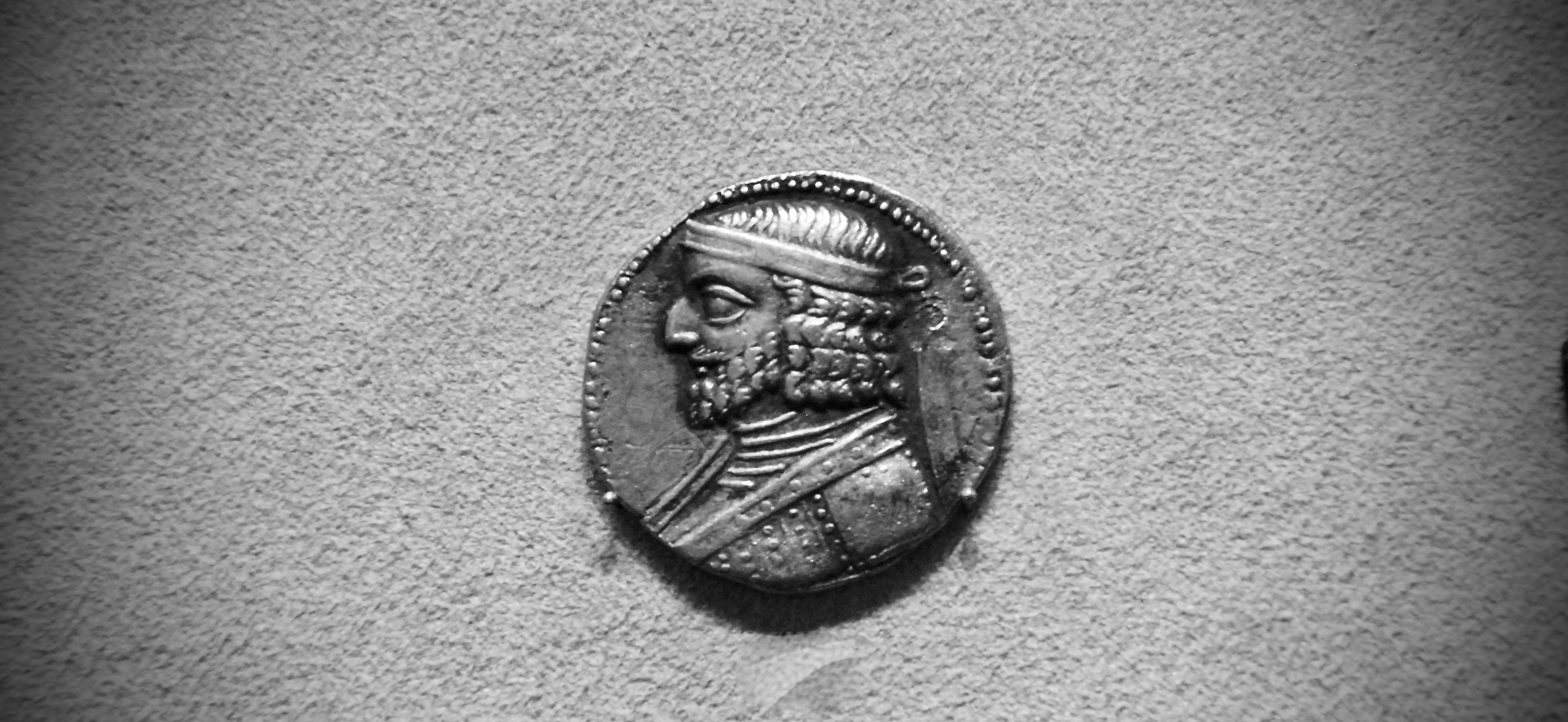Imperial Coinage
Imperial coinage passes through millions of hands every day across the whole of Kelbonnar, and is the only form of currency that is officially recognised by the Empire of Turelion.
Denominations
There are three official denominations of coinage created by the Imperial Mints, and one unofficial, but broadly accepted denomination. The three official denominations are:Crowns:
Minted out of gold, Crowns are the largest denomination of coinage and carry the symbol of the Imperial Crown on their obverses, from which they take their name.Solars:
Minted out of silver, Solars are the second largest denomination of coinage and carry the symbol of a Sun with a human face, a common folkloric symbol in Turelion known as a Solar on their obverses, from which they take their name.Feathers:
Minted out of copper, Feathers are the smallest denomination of coinage and carry the symbol of a feather on their obverse, from which they take their name. Feathers are also the largest and heaviest coins, which has given rise to the popular joke of them being as ‘light as feather.’ The unofficial, but widely recognised denomination is Half-Crowns, Crown coins that have been cut in half so that they act as a smaller, more usable denomination. The Imperial Mints do not produce Crowns themselves, but instead turn a blind eye to people splitting the coins themselves. However, as this practice is not regulated by the mints, there is the greatest variation in the weight, and therefore the implicit value of Half-Crowns. All of the denominations carry the portrait of the ruling Emperor at the time of their minting on their reverses.Exchange Rate:
A Crown is worth 100 Solars and a Solar is worth 100 Feathers. Half-Crowns are worth 50 Solars.Manufacturing process
In order to meet the demand for coinage across the Empire of Turelion, each province has a mint where coins of all denominations are minted. The mints are located away from the main population centres in each Province and theoretically their locations are supposed to be secret. However there are always ways that this information can leak out. As a result, the Imperial Mints have been constructed as small fortresses, with their own garrisons, made up of soldiers from the Emperor's own guards, the Imperial Drakes. The supply columns travelling to and from the mints are disguised to pass as normal trading caravans, but anyone looking to accost them would swiftly find that the merchants are in fact members of the Emperor’s Finest, who will stop at nothing to defend their charges.
Significance
The implementation of a single currency system across the whole of Kelbonnar is significant because it is another representation of the Empire's near total control over the world. The coins are propaganda objects in their own right, as they spread the face of the current Emperor throughout all of the provinces, and the few areas free of Imperial control. It is easy to recognise coins that have passed through places not under Imperial control, such as Nova Norgantho, as very often the face of the Emperor will have been defaced in some manner.
Item type
Currency & Deeds
Manufacturer
Raw materials & Components
To produce a coin the only material components that are needed are the blank discs of metal, known as planchets that are placed between the two dies and impressed with the requisite markings. These blanks are cast in specially designed and produced ceramic moulds that are intensively regulated and controlled so that the coins meet the required weight criteria.
Each planchet is cast using either gold, silver or copper (depending on the coin being produced) that matches a certain level of purity as specified by the Imperial Mint, with the exact purity of each being an official secret.
Tools
Like all coins, Imperial Coinage is produced using two dies, an obverse die and a reverse die, both of which have been painstakingly engraved so that they leave the desired impression on the blank coin, also known as a planchet.
The only other tool required in the manufacturing process is a hammer, which is used to drive the two dies together, leaving the markings of the die on the blank in-between them.



Comments